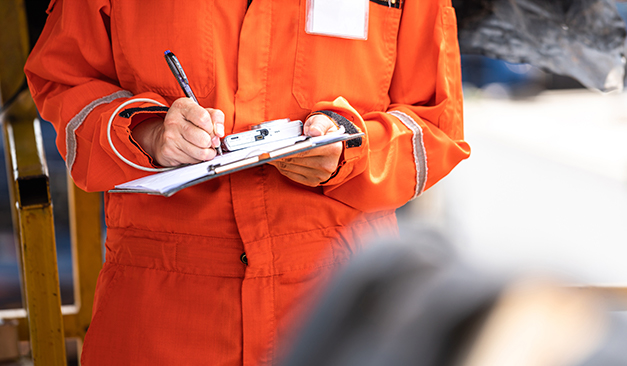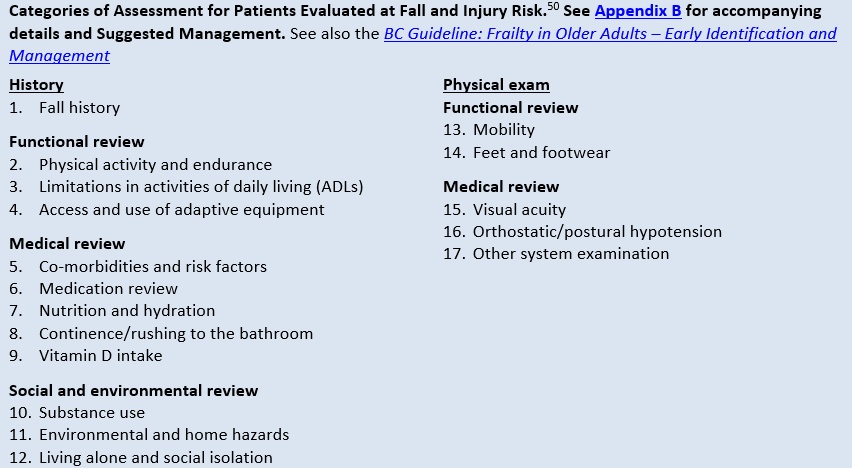The 10-Minute Rule for Dementia Fall Risk
The Main Principles Of Dementia Fall Risk
Table of ContentsThe Buzz on Dementia Fall RiskThe 8-Second Trick For Dementia Fall RiskA Biased View of Dementia Fall RiskSome Known Questions About Dementia Fall Risk.
A loss risk evaluation checks to see exactly how most likely it is that you will fall. The evaluation generally includes: This includes a collection of questions regarding your total health and wellness and if you've had previous drops or troubles with balance, standing, and/or strolling.Treatments are referrals that might lower your danger of dropping. STEADI consists of three actions: you for your threat of dropping for your risk variables that can be boosted to try to avoid falls (for example, equilibrium issues, impaired vision) to reduce your danger of falling by making use of reliable techniques (for instance, offering education and sources), you may be asked a number of questions consisting of: Have you dropped in the past year? Are you stressed about falling?
After that you'll sit down once more. Your company will certainly examine exactly how lengthy it takes you to do this. If it takes you 12 seconds or more, it may indicate you go to higher risk for a loss. This test checks toughness and balance. You'll being in a chair with your arms went across over your chest.
The settings will certainly get tougher as you go. Stand with your feet side-by-side. Relocate one foot halfway ahead, so the instep is touching the large toe of your various other foot. Relocate one foot totally in front of the other, so the toes are touching the heel of your various other foot.
The Ultimate Guide To Dementia Fall Risk
Many falls happen as a result of several contributing aspects; as a result, taking care of the risk of falling starts with recognizing the factors that add to drop danger - Dementia Fall Risk. Several of one of the most appropriate risk aspects include: History of previous fallsChronic medical conditionsAcute illnessImpaired stride and balance, lower extremity weaknessCognitive impairmentChanges in visionCertain risky medicines and polypharmacyEnvironmental variables can likewise raise the threat for drops, including: Insufficient lightingUneven or harmed flooringWet or slippery floorsMissing or harmed hand rails and order barsDamaged or incorrectly fitted tools, such as beds, mobility devices, or walkersImproper use of assistive devicesInadequate guidance of individuals living in the NF, including those that display hostile behaviorsA successful fall threat monitoring program requires an extensive scientific assessment, with input from all participants of the interdisciplinary team

The treatment strategy need to also include treatments that are system-based, such as those that promote a secure setting (proper lighting, handrails, grab bars, and so on). The efficiency of the treatments should be evaluated regularly, and the treatment plan revised as needed to mirror adjustments in the autumn threat assessment. Executing a loss risk administration system making use of evidence-based finest technique can my response decrease the occurrence of falls in the NF, while limiting the potential go to website for fall-related injuries.
Dementia Fall Risk Fundamentals Explained
The AGS/BGS standard advises evaluating all adults aged 65 years and older for loss danger yearly. This screening includes asking clients whether they have actually fallen 2 or more times in the previous year or looked for clinical interest for a fall, or, if they have not dropped, whether they feel unstable when strolling.
Individuals that have actually fallen as soon as without injury should have their balance and gait examined; those with gait or balance irregularities need to get added evaluation. A history of 1 autumn without injury and without gait or equilibrium problems does not warrant further assessment past continued annual fall risk screening. Dementia Fall Risk. An autumn risk assessment is required as part of the Welcome to Medicare exam

How Dementia Fall Risk can Save You Time, Stress, and Money.
Recording a falls background is one of the top quality indicators for loss prevention and administration. copyright drugs in particular are independent forecasters of falls.
Postural hypotension can often be relieved by decreasing the dosage of blood pressurelowering drugs and/or stopping medications that have orthostatic hypotension as a side effect. Use of above-the-knee support pipe and copulating the head of the bed elevated might additionally reduce postural reductions in blood pressure. The recommended components of a fall-focused checkup are revealed in Box 1.

A TUG time better than or equal to 12 secs suggests high autumn risk. Being unable to stand up from a chair of knee height without utilizing one's arms indicates enhanced autumn danger.